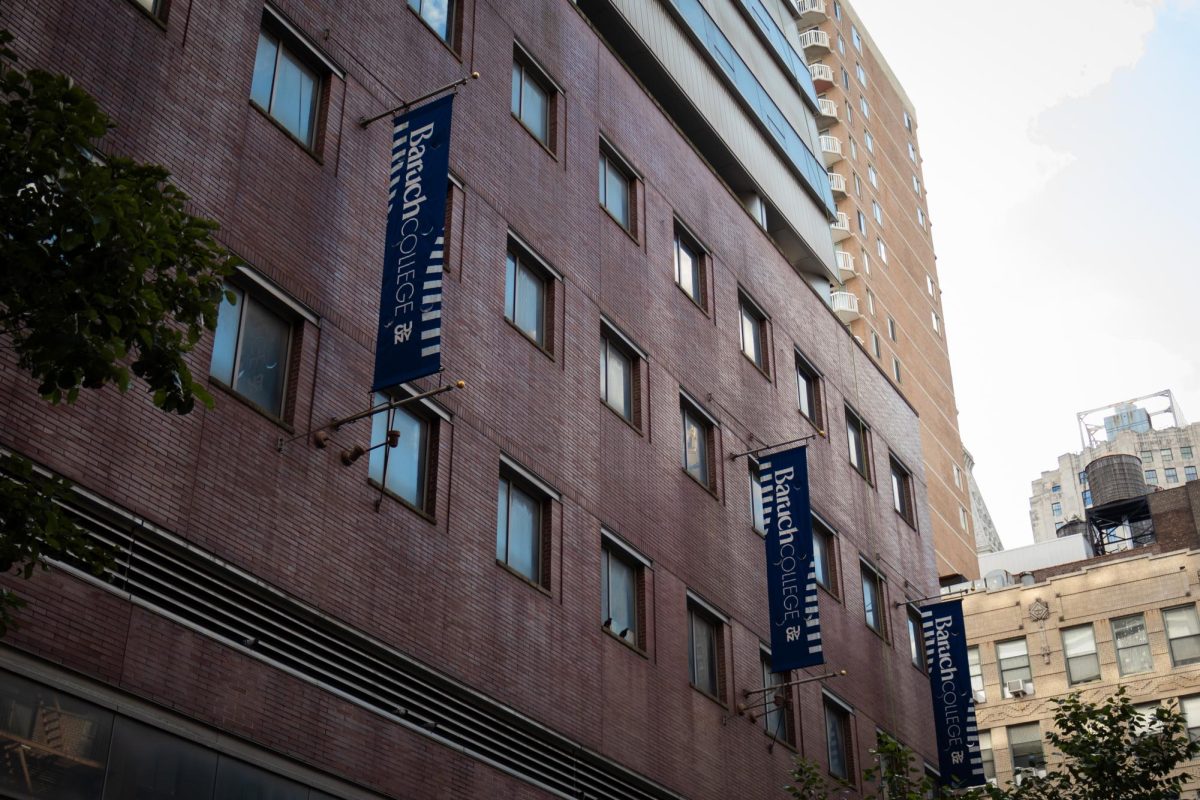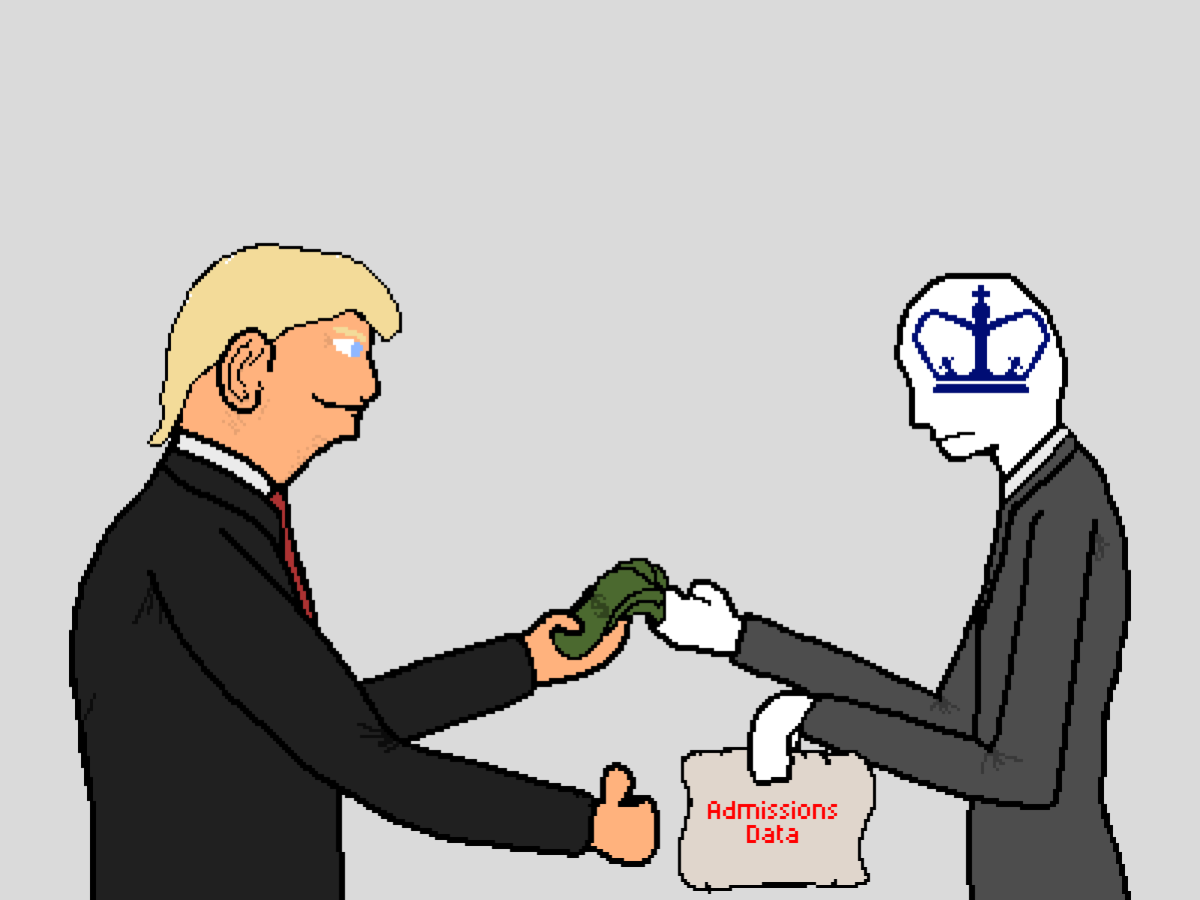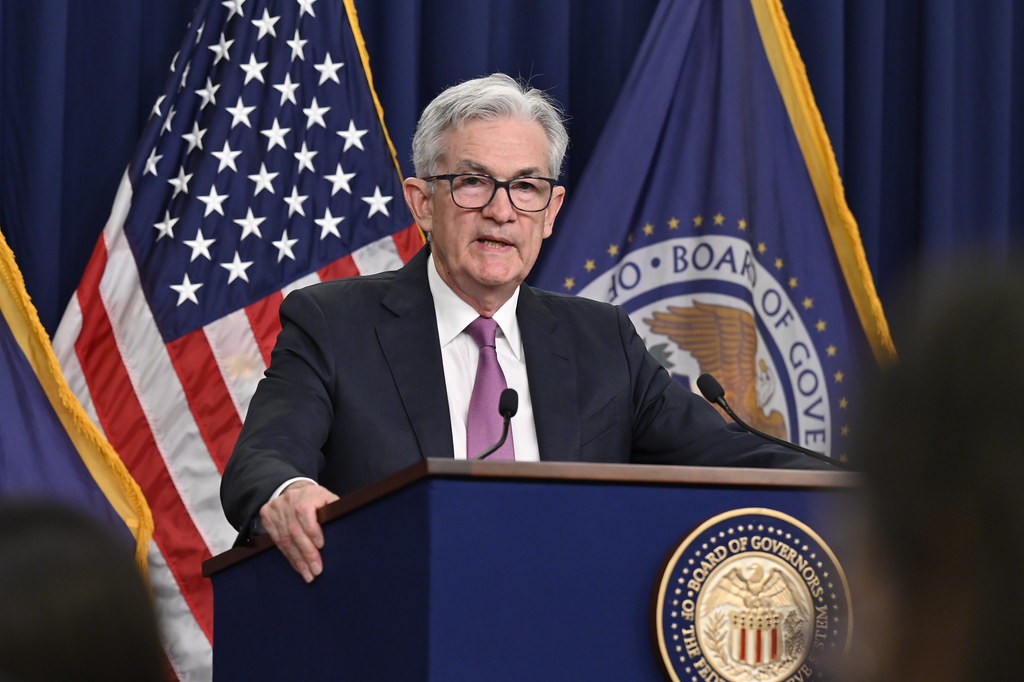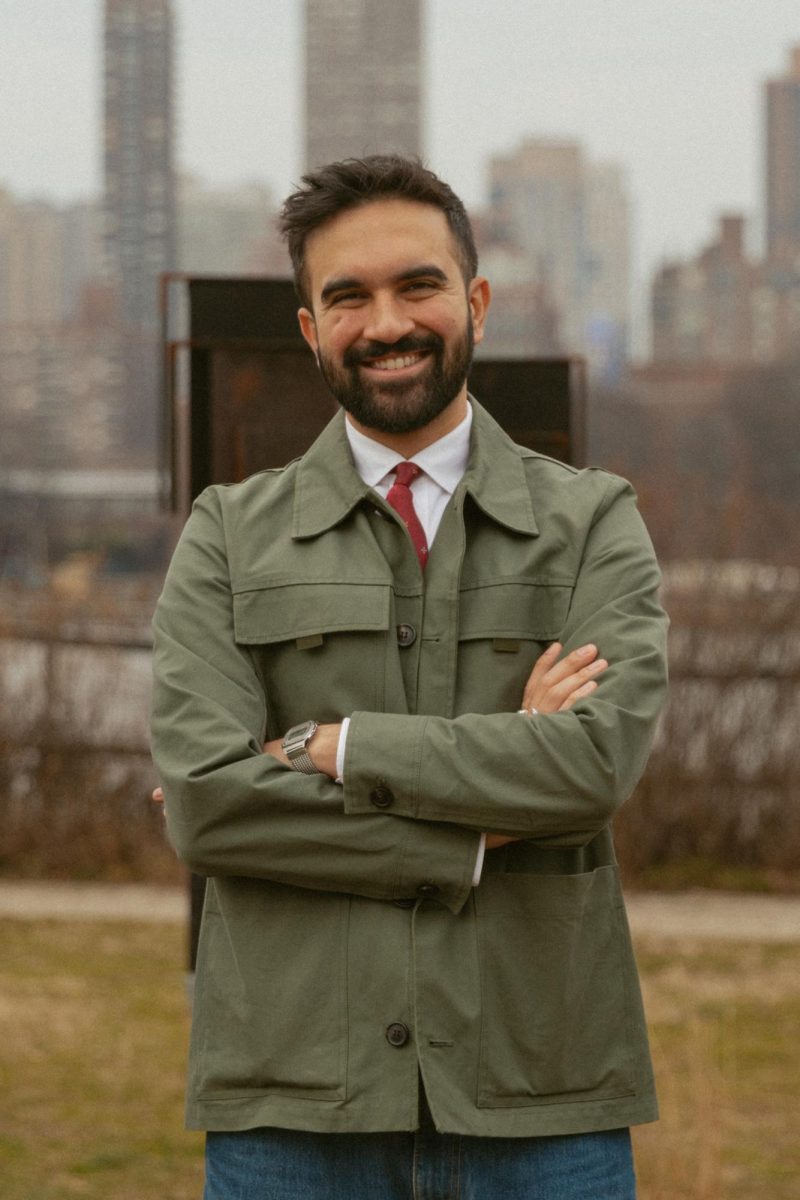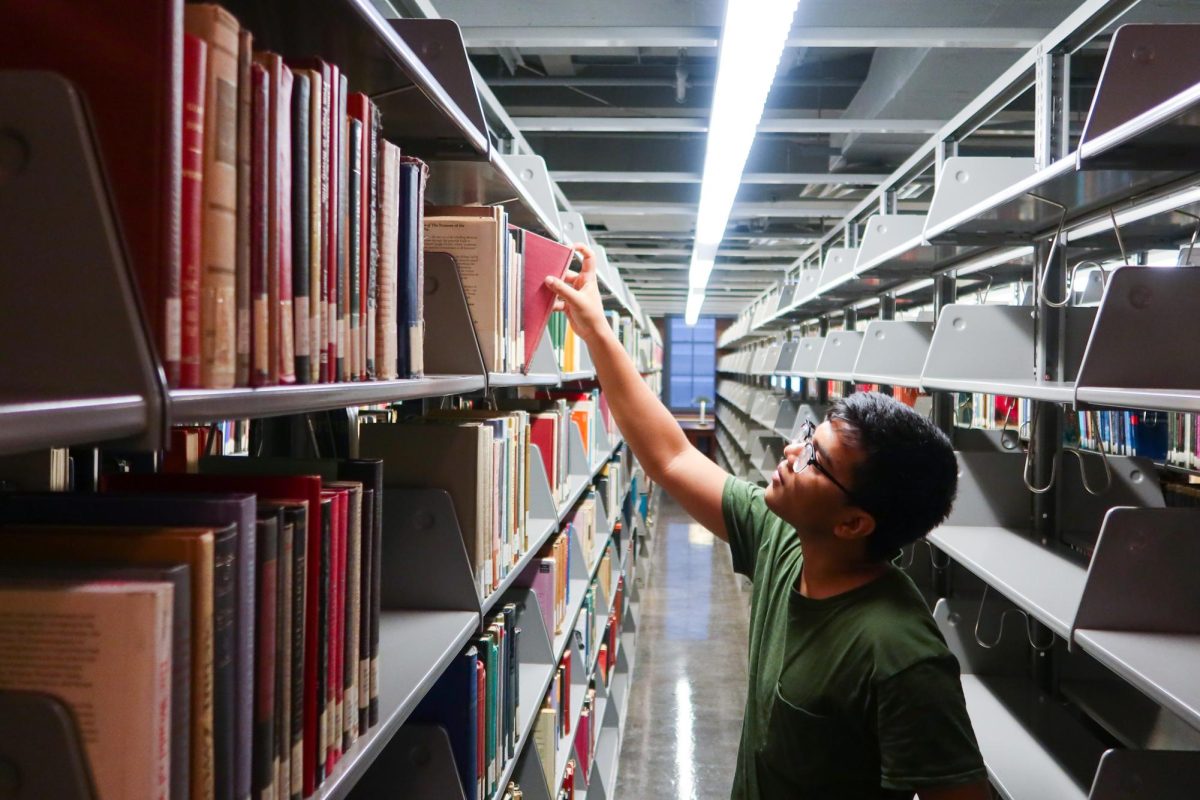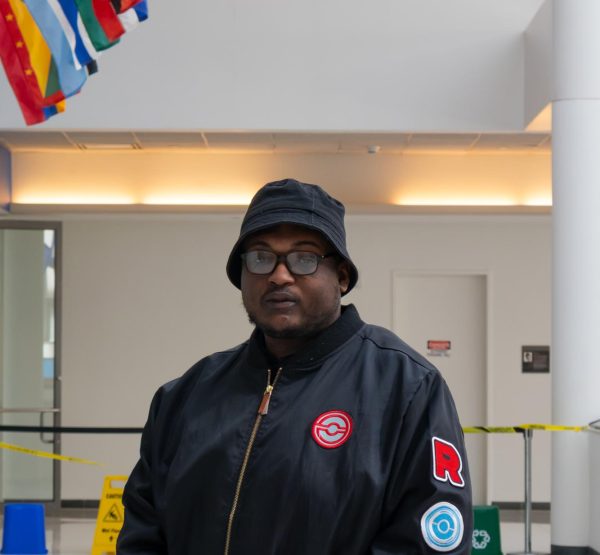College students who decide to take a gap semester amid the coronavirus pandemic are making the right decisions for themselves.
When students take a gap in their academic journey, they are taking a break. That break does not necessarily mean that they just lounge around and play Fortnite.
Sometimes students take advantage of their newfound time to search for a part-time job or do volunteer work, both of which are things some students would have struggled to balance with academics.
With reports of vaccines showing promising results, the future of college students is looking hopeful when discussing a full return to campuses across the nation.
Ethan Knight, both a gap year alumnus and current executive director of the Gap Year Association, a nonprofit organization dedicated to matching people with gap year programs that suit them and to “maximize the potential of young adults, through accessible and meaningful gap year opportunities” based in Portland, Oregon, explained the gap year trend perfectly.
In an article for The LA Times, the executive director referred to it as “a semester or a year of experiential learning typically taken after high school and prior to college or post-secondary education in order to deepen one’s practical, professional and personal awareness.”
Knight also confirmed to The LA Times that he saw an increase in traffic to the organization’s website, implying that more students are interested in taking time off from school.
“We were seeing a 300% traffic increase on certain pages and, broadly speaking, roughly 150% increase over the whole site,” Knight said.
Knight pointed out that the one conundrum that students go through when it comes to planning their gap is how long should their gaps be.
“It’s not one size fits all,” said Knight.
One student’s definition of a gap year or semester may differ from the next student’s. Some students may take a whole year or more. Others may take a semester off, which is typically only four months.
This year, the coronavirus pandemic may have dealt permanent damage to college students’ academic plans.
Students were forced to return home from their respective colleges in the early horrific days of the pandemic, with the realization that they may not be able to afford their own tuition tabs.
According to a survey provided by the Art & Science Group LLC, one in six high school seniors were more likely to or already did change their college plans for fall 2020 due to the ongoing coronavirus pandemic.
There is a misconception about taking a gap. The idea that only the privileged can take a gap year is simply not true.
It is a common stereotype because when wealthy college students take a gap, it means that they travel around Europe and party. While some gap students do, most take the opportunity to figure what careers and goals they want to pursue in life.
Students like Cindy Gao, who was interviewed by Insider, took a gap to “learn to do nothing.”
“When I say do nothing, it’s under this context of what society right now deems to be worth your time and productive,” Gao said.
Gao spent her gap writing poetry, journaling and practicing meditation.
Another student who spoke to Insider, Cailin Lansang, took a gap to get away from the stress of school.
“It’s hard to function and accomplish anything during a pandemic,” Lansang said. “If I had to deal with school on top of the pandemic situation, it would have been really bad for me mentally. At least I have that extra space to breathe.”
Data showed that students who took a gap year took the shorter amount of time to graduate and gained higher GPA’s compared to those who simply went to college consistently.
At the end of day, academic gaps have social and mental benefits, especially during this pandemic.
Colleges will still be there when the coronavirus pandemic dies down and hopefully students who return to college after their gaps will mentally be ready to take on any challenge that school throws at them.




